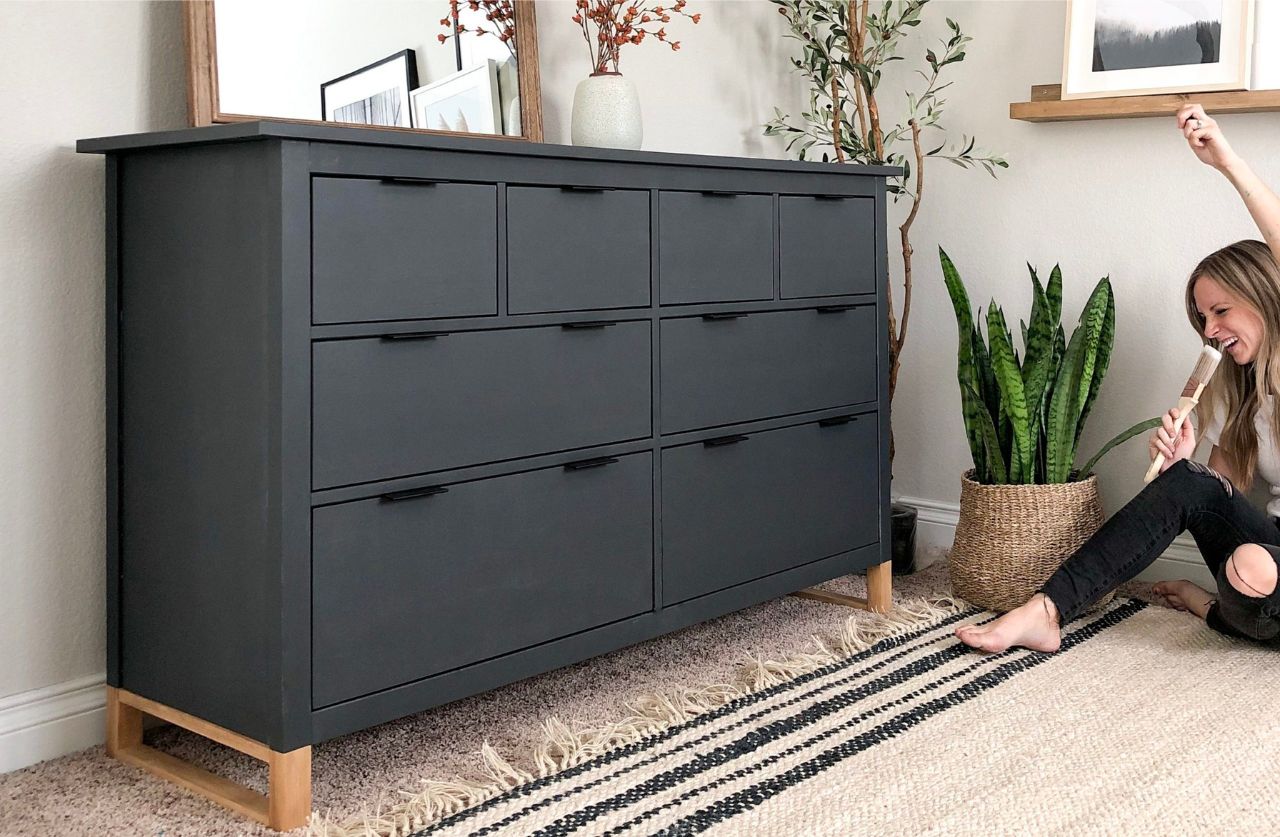

Furniture
What Color Should I Paint My Dresser
Modified: August 28, 2024
Looking for the perfect furniture makeover? Discover the best color options to paint your dresser and give it a stylish new look!
(Many of the links in this article redirect to a specific reviewed product. Your purchase of these products through affiliate links helps to generate commission for Storables.com, at no extra cost. Learn more)
Introduction
When it comes to giving your dresser a fresh, new look, one of the most important decisions you’ll have to make is choosing the right color to paint it. A well-chosen paint color can transform your dresser into a focal point or seamlessly blend it into your existing room décor. But with so many color options available, how do you decide which one is the best fit?
In this article, we’ll explore various factors to consider when selecting a paint color for your dresser. From your personal style and room décor to the impact of lighting and color psychology, we’ll provide insights and inspiration to help you make the best choice. So, whether you’re looking to make a bold statement or create a soothing atmosphere, read on to discover the secrets of choosing the perfect color for your dresser.
Key Takeaways:
- Choosing the perfect paint color for your dresser involves considering your personality, room décor, lighting, and color psychology. Testing and sampling different colors is crucial to ensure the ideal shade for your space.
- Once you’ve selected the right color, following proper painting techniques and maintenance tips will ensure a professional-looking finish and preserve the beauty of your newly painted dresser for years to come.
Read more: What Color Should I Paint My Front Porch
Factors to Consider
When deciding on a paint color for your dresser, it’s important to take several factors into consideration. By carefully evaluating these elements, you can ensure that the color you choose not only enhances the overall aesthetic of your space but also reflects your personal style and preferences.
Here are some key factors to keep in mind:
- Personality and Style: Your dresser is a reflection of your personal style and taste. Consider whether you prefer a bold and vibrant color or a more muted and subtle tone. Think about the overall aesthetic you want to achieve and how the color of your dresser will contribute to it.
- Room Décor: Take into account the existing color scheme and décor of the room where your dresser will be placed. You want the color of the dresser to harmonize with the surrounding elements, whether that’s matching the existing color palette or creating a complementary contrast.
- Lighting: The lighting in your space can significantly impact how a paint color appears. Natural light and artificial lighting sources can make colors appear differently throughout the day. Consider the direction and intensity of light in your room to choose a color that will look its best in your specific lighting conditions.
- Color Psychology: Colors can evoke different emotions and moods. Research the psychological effects of various hues and consider how you want your dresser to make you feel when you see it. For example, blue may promote a sense of calm and tranquility, while red may add a vibrant and energetic touch to your space.
By taking these factors into account, you can narrow down your options and make an informed decision when selecting a paint color for your dresser. Keep in mind that it’s important to choose a color that you love and that aligns with your personal style, as you will be seeing and interacting with your dresser on a daily basis.
Personality and Style
Your dresser is not just a piece of furniture; it is an expression of your personality and style. When choosing a paint color for your dresser, consider how it aligns with your unique taste and preferences.
If you have a bold and adventurous personality, you may opt for vibrant and eye-catching colors like fiery red, electric blue, or sunny yellow. These colors can make a strong statement and add a lively touch to your space. On the other hand, if you prefer a more calm and serene ambiance, you may lean towards softer and more subdued colors like pastel pink, soothing lavender, or earthy tones.
Your personal style is also a crucial factor in choosing a paint color for your dresser. If your style is eclectic and contemporary, you may be drawn to unconventional color choices like metallic silver or turquoise. If you prefer a classic and timeless look, shades of white, gray, or navy blue can provide a sophisticated and elegant touch. Alternatively, if you have a bohemian or rustic style, earthy tones such as terracotta, sage green, or warm browns can create a cozy and inviting atmosphere.
Remember that your dresser should harmonize with the overall style of your space. If you have a modern and minimalist room, a sleek and monochromatic color palette for your dresser can create a cohesive and streamlined look. On the other hand, if your room features a mix of patterns, textures, and colors, your dresser can become a focal point by choosing a contrasting or complementary shade.
Ultimately, the key is to choose a paint color that resonates with your personality and style. Experiment with different color swatches and envision how each color will look in your space. Remember, there are no strict rules when it comes to selecting a color for your dresser, so trust your instincts and choose a shade that makes you feel excited and inspired.
Room Décor
When choosing a paint color for your dresser, it’s essential to consider the existing décor and color scheme of the room. The goal is to create a cohesive and visually appealing space where your dresser seamlessly fits in.
Start by assessing the dominant colors in the room. Look at the walls, flooring, curtains, and other furniture pieces. Are they warm or cool-toned? Earthy or vibrant? Understanding the existing color palette will help you select a paint color for your dresser that complements or contrasts with the surrounding elements.
If you have a monochromatic color scheme with neutral tones like beige, cream, or gray, you have the freedom to choose any color for your dresser. Consider injecting a pop of color to create a focal point in the room. A dresser painted in a bold shade like deep burgundy, emerald green, or even a sunny yellow can add vibrancy and personality to an otherwise muted space.
For rooms with a more diverse color palette, you have two options: harmonize or contrast. Harmonizing means selecting a paint color that is within the same color family as the dominant colors in the room. For example, if you have a room with predominantly blue and green accents, painting your dresser in a coordinating shade like teal or aqua can create a harmonious and cohesive look.
On the other hand, if you prefer a bolder statement, you can choose a contrasting paint color for your dresser. This approach adds visual interest and makes your dresser stand out. For example, in a room with warm-toned décor like reds and browns, a dresser painted in a contrasting cool color like a soft gray or pale blue can create a striking visual impact.
Remember that your dresser should enhance, not overpower, the room décor. Consider the proportions of the space and the size of your dresser. For smaller rooms, lighter shades or neutrals can help create the illusion of more space, while darker shades can add coziness and depth to larger rooms.
By carefully evaluating the room décor and color scheme, you can choose a paint color for your dresser that complements and enhances the overall aesthetic of your space. Don’t be afraid to experiment and have fun with colors to create a beautifully balanced and visually pleasing room.
Lighting
The impact of lighting on the appearance of paint colors cannot be understated. Different light sources and intensities can significantly alter how a color is perceived, making it crucial to consider lighting when choosing a paint color for your dresser.
Start by assessing the natural light in your space. Does the room receive ample sunlight throughout the day, or is it more shaded? Natural light can bring out the truest colors in paint, so if your dresser is positioned near a window or in a naturally well-lit area, you have more flexibility in choosing a color. You can opt for lighter, more saturated hues that will be showcased beautifully by the sunlight.
On the other hand, if your room lacks natural light or if your dresser is placed in a dimmer corner, it’s important to consider the impact of artificial lighting. Different types of light bulbs, such as incandescent, fluorescent, or LED lights, emit different shades of white light, which can affect the appearance of paint colors. It’s a good idea to test your paint samples under the specific lighting conditions of your room to see how they look.
Warm-toned light bulbs, such as incandescent bulbs, emit a yellowish glow that can make colors appear warmer and more saturated. Cool-toned light bulbs, such as fluorescent or LED lights, emit a bluish-white light that may make colors appear cooler and less vibrant. Assess the type of lighting you have in your room and choose a paint color for your dresser that complements the lighting conditions.
Consider the time of day you spend the most time in the room and how the lighting changes throughout the day. Colors may look different in the morning compared to the afternoon or evening. If you want to create a consistent look, choose a color that looks appealing under both natural and artificial lighting conditions.
It’s also worth noting that glossy or metallic finishes can reflect light differently, adding an extra layer of complexity to the color perception. Glossy finishes may appear brighter and more vibrant, while matte finishes can create a more subtle and sophisticated look.
When choosing a paint color for your dresser, always test samples under the lighting conditions of your room. Paint small patches or use swatches to see how the color looks in different lighting situations. This will help you have a better understanding of how the color will appear in your specific space.
By considering the lighting in your room, you can ensure that the paint color you choose for your dresser looks its best and creates the desired atmosphere, regardless of the lighting conditions.
Color Psychology
Colors have the power to evoke emotions, affect moods, and create different atmospheres in a space. When choosing a paint color for your dresser, it’s worth considering the principles of color psychology to help you achieve the desired ambiance in your room.
Here are a few popular colors and their psychological effects:
- Blue: Blue is often associated with calmness, tranquility, and serenity. It can create a sense of relaxation and promote a peaceful atmosphere. Lighter shades of blue can make a room feel more spacious, while deeper shades can add richness and depth.
- Yellow: Yellow is associated with happiness, optimism, and energy. It can bring a vibrant and lively feel to a space and promote a sense of positivity. However, too much yellow might create an overwhelming effect, so consider using it as an accent color or in combination with other hues.
- Green: Green is often associated with nature, growth, and harmony. It creates a calming and soothing effect, making it an ideal choice for bedrooms or areas where relaxation is desired. Green shades range from cool, refreshing mint to deep, earthy tones.
- Red: Red is a bold and attention-grabbing color that symbolizes passion, energy, and excitement. It can add a dramatic and vibrant touch to a space, but it’s important to use it sparingly or in combination with other colors, as too much red can be overwhelming.
- Gray: Gray is a versatile and neutral color that can create a sophisticated and timeless look. Lighter shades of gray can add a sense of elegance and airiness, while darker shades can create a cozy and intimate atmosphere.
These are just a few examples, and there are countless other colors with their unique psychological effects. Take the time to research the meanings and associations of different colors to align them with the mood and atmosphere you want to create in your room.
It’s important to note that everyone has individual associations and responses to colors, so it’s essential to consider your personal preferences and how certain colors make you feel. Trust your instincts and choose a color that resonates with you and complements your desired aesthetic.
By understanding the principles of color psychology and considering how different colors can influence emotions and moods, you can choose a paint color for your dresser that creates the desired atmosphere in your space. Whether you aim for tranquility, energy, or a balance between the two, the right colors can help you achieve your vision.
Consider the existing color scheme in the room where the dresser will be placed. If you want a cohesive look, choose a paint color that complements or contrasts with the other furniture and decor in the space.
Trends and Inspiration
When it comes to choosing a paint color for your dresser, you may find inspiration from current trends and popular color schemes. Keeping up with trends can help you stay updated with the latest styles and create a modern and on-trend look for your space.
One popular trend is the use of neutral tones, such as shades of white, beige, and gray. These colors create a timeless and minimalist aesthetic, allowing other elements in the room to take center stage. Neutrals provide a versatile canvas that can be easily accessorized and updated over time.
On the other hand, bolder and more vibrant colors are making a comeback. Rich jewel tones like emerald green, sapphire blue, and amethyst purple can add a luxurious and sophisticated touch to your dresser. These colors work well as accents in an otherwise neutral room or can be used to create a bold statement in an eclectic or bohemian-inspired space.
Earth tones and natural colors are also trending, reflecting a growing interest in sustainable and organic design. Colors like warm terracotta, soft sage green, or muted mustard yellow can create a cozy and inviting atmosphere. These hues work particularly well in rooms with a bohemian, rustic, or Scandinavian-inspired style.
When seeking inspiration, consider browsing through interior design magazines, websites, and social media platforms such as Pinterest and Instagram. Look for images that resonate with your personal style and gather a collection of color palettes that catch your eye.
Another valuable source of inspiration is nature itself. Take a walk outside and observe the colors of the landscapes, flowers, and the changing seasons. The beauty and harmony found in nature can serve as a guide when choosing colors for your dresser.
Remember, trends can provide ideas and inspiration, but it’s important to choose a paint color that reflects your individual style and preferences. Trends may come and go, but your personal taste will remain constant. Trust your instincts and select a color that brings you joy and enhances your space.
By exploring trends and seeking inspiration, you can find exciting and innovative ideas to guide your color selection process. Whether you choose to follow the latest fads or create a unique look of your own, let the trends inspire you to create a space that reflects your personality and brings you joy.
Choosing the Right Shade
When it comes to choosing the right shade of paint for your dresser, it’s important to consider not only the color itself but also its undertones and intensity. These factors can greatly influence the overall look and feel of your space.
Start by narrowing down the color family you want to work with, whether it’s blues, greens, neutrals, or something more vibrant. Once you have a general direction, consider the undertones of the color you’re interested in. Undertones are subtle hues that can either be warm (yellow, orange, red) or cool (blue, green, purple).
Understanding the undertones is crucial because it can affect how the color interacts with the other elements in the room. For example, a cool-toned paint color may clash with warm-toned wood furniture, while a warm-toned color may complement it beautifully.
Additionally, consider the intensity of the color. Intensity refers to how dark or light the color is. Lighter shades can make a space feel more spacious and airy, while darker shades can create a cozy and intimate atmosphere. Think about the mood you want to establish in your room and how the color intensity can contribute to that.
It’s also helpful to gather paint swatches or samples and observe how the color looks in different lighting conditions and against various materials in your room. Place the samples next to your furniture, fabrics, and other elements to see how they harmonize. This will give you a better sense of how the color will appear once it’s applied to your dresser.
Another tip is to consider the finish or sheen of the paint. Different finishes, such as matte, satin, or glossy, can affect how the color appears and the overall aesthetic of your dresser. A matte finish provides a subtle and sophisticated look, while a glossy finish adds shine and drama. Consider the desired look and feel of your dresser when choosing the finish.
Ultimately, choosing the right shade for your dresser is a combination of personal preference, understanding undertones, and considering the room’s other elements. Take your time exploring different options, and don’t be afraid to experiment with samples and swatches. The more you immerse yourself in the process, the better equipped you’ll be to make a confident decision.
Once you’ve settled on the perfect shade, you can move on to the next step: preparing and painting your dresser to bring your color vision to life.
Testing and Sampling
Before committing to a specific paint color for your dresser, it’s essential to conduct tests and sampling to ensure that you’ve chosen the perfect shade. Testing not only helps you visualize how the color will look on your dresser, but it also allows you to evaluate how it interacts with the lighting and other elements in your room.
Here are some steps to follow when testing and sampling paint colors:
- Collect paint samples: Visit your local home improvement store and gather samples of the colors you’re considering. Choose multiple shades within the same color family to have a variety of options to compare.
- Paint swatches: Use a small brush to paint swatches of each color on a white poster board or directly on your dresser (in an inconspicuous area) if you’re comfortable. This will allow you to see how the colors look against the surface you’ll be painting.
- Observe in different lighting conditions: Move the painted swatches around your room and observe them under different lighting conditions. Natural light, artificial light, and nighttime lighting can all have an impact on how colors appear. Pay attention to any changes in hue, saturation, and undertones.
- Consider room décor: Place the painted swatches next to your existing furniture, fabrics, and other elements in the room to see how they harmonize. Consider the overall aesthetic and determine if the colors complement or clash with the room décor.
- Live with the samples: Keep the painted swatches on your dresser or pinned to the wall for a few days. Observe how you feel about the colors over time. Lighting changes throughout the day, so it’s important to see how the colors make you feel during different times.
- Sample on the dresser: Once you’ve narrowed down your choices, apply small patches of your top color choices directly on your dresser. This will allow you to see how the colors look on the actual surface and how they interact with the dresser’s texture and material.
Remember, the appearance of a color can vary based on its surroundings and the lighting conditions. That’s why it’s crucial to conduct sampling and testing to ensure that you’ve chosen the right shade for your dresser.
By taking the time to test and sample different paint colors, you can gain confidence in your selection and make an informed decision. The effort you put into this process will pay off when you see the final result on your beautifully painted dresser.
Painting Tips and Techniques
Once you have chosen the perfect paint color for your dresser, it’s time to roll up your sleeves and get ready to transform it. Follow these painting tips and techniques to achieve a professional-looking finish:
- Prepare the surface: Before painting, make sure to clean and prep the surface of your dresser. Remove any hardware, sand down rough patches, and fill in any dents or imperfections with wood filler. Smooth out the surface to ensure an even application of paint.
- Prime the surface: If your dresser has a glossy or dark finish, using a primer can help the paint adhere better and reduce the number of coats required. Apply a thin and even layer of primer and let it dry completely before applying the paint.
- Choose the right paintbrush: The type and quality of your paintbrush can greatly impact the final result. Invest in a high-quality brush specifically designed for the type of paint you are using. A brush with synthetic bristles is ideal for latex or water-based paints, while natural bristle brushes work well with oil-based paints.
- Use smooth and even strokes: When applying the paint, use smooth and even strokes. Start at one end of the dresser and work your way across, ensuring consistent coverage. Avoid overloading the brush with paint to prevent drips or clumps.
- Apply multiple thin coats: It’s better to apply multiple thin coats of paint rather than one thick coat. This allows the paint to dry evenly and minimizes the risk of drips and runs. Let each coat dry completely before applying the next one.
- Consider using a paint sprayer: If you have access to a paint sprayer or are comfortable using one, it can provide a smoother and more professional finish. However, be sure to practice on a scrap piece of wood to get a feel for the sprayer before attempting it on your dresser.
- Follow the drying time: Follow the manufacturer’s guidelines on the paint can regarding drying time between coats and complete curing time. Rushing the drying process can lead to a less durable finish.
- Seal the paint: Once the paint is dry, consider applying a protective topcoat or sealer to protect the newly painted surface from scratches and wear. Choose a clear polyurethane or furniture wax that is compatible with your paint type.
- Reassemble and style: Once the dresser is fully cured and dry, reattach any hardware, and style it with your favorite decorative items. Enjoy your beautifully painted dresser!
Remember, patience and attention to detail are key when it comes to achieving a professional-looking paint finish. Take your time, follow these tips, and you’ll be rewarded with a stunning and refreshed dresser that adds personality and style to your space.
Maintenance and Longevity
After putting in the effort to paint and transform your dresser, it’s important to take proper care of it to ensure its longevity and maintain its beautiful appearance. Here are some maintenance tips to keep your newly painted dresser looking fresh for years to come:
- Avoid placing hot items directly on the surface: Heat can cause paint to soften or peel. Use coasters or trivets to protect the surface of your dresser from hot objects such as mugs, plates, or curling irons.
- Use gentle cleaning methods: When cleaning your dresser, avoid harsh chemicals or abrasive cleaning agents that can damage the painted surface. Instead, use a soft, damp cloth or sponge and mild soapy water to gently remove dust or dirt.
- Handle with care: Treat your dresser with care to avoid accidental bumps or scratches. Use felt pads or rubber stoppers on the bottom of objects that come in contact with the dresser’s surface to prevent scratches.
- Regularly dust your dresser: Dusting your dresser frequently prevents the buildup of dirt and reduces the need for more intensive cleaning. Use a soft, microfiber cloth or a feather duster to remove dust from the surface and corners.
- Avoid excessive moisture or humidity: Excessive moisture or high humidity levels can cause paint to crack or peel. Keep your dresser away from areas with high humidity, such as bathrooms, and use a dehumidifier if necessary.
- Retouch as needed: Over time, your dresser may experience minor wear and tear. Keep some extra paint on hand to touch up any chips or scratches that may occur. Follow the same painting techniques mentioned earlier for a seamless and blended touch-up.
- Consider using a protective coating: Applying a clear sealant or topcoat can add an extra layer of protection to the painted surface, enhancing its durability and resistance to scratches. Consult with your local home improvement store for recommendations on the best product for your specific paint type.
By following these maintenance tips, you can preserve the beauty and longevity of your painted dresser. Regular care and attention will help keep the paint looking fresh and vibrant, allowing you to enjoy your revamped dresser for years to come.
Conclusion
Choosing the right paint color for your dresser is a creative and exciting process that allows you to transform a piece of furniture into a unique and personalized statement piece. By considering factors such as your personality and style, room décor, lighting, color psychology, and current trends, you can make an informed decision that truly reflects your vision.
Testing and sampling different paint colors is essential to ensure that you have chosen the perfect shade. Take the time to observe how the colors interact with your room’s lighting conditions and other elements. This process will help you visualize the final look and make any necessary adjustments before committing to a color.
Once you have chosen the ideal color, following proper painting techniques and using high-quality materials will ensure a professional-looking finish. Take care of your newly painted dresser by following maintenance tips such as gentle cleaning methods, using protective measures, and addressing any issues promptly.
Your painted dresser is not only a functional piece of furniture but also a reflection of your personal style and creativity. It adds character and enhances the ambiance of your room. With the right color, proper techniques, and regular maintenance, your dresser will remain a beautiful and cherished piece for years to come.
So, embrace your creativity, trust your instincts, and have fun in the process of choosing and painting your dresser. Let your unique style shine through and enjoy the satisfaction of transforming a simple piece of furniture into a stunning focal point in your home.
Frequently Asked Questions about What Color Should I Paint My Dresser
Was this page helpful?
At Storables.com, we guarantee accurate and reliable information. Our content, validated by Expert Board Contributors, is crafted following stringent Editorial Policies. We're committed to providing you with well-researched, expert-backed insights for all your informational needs.
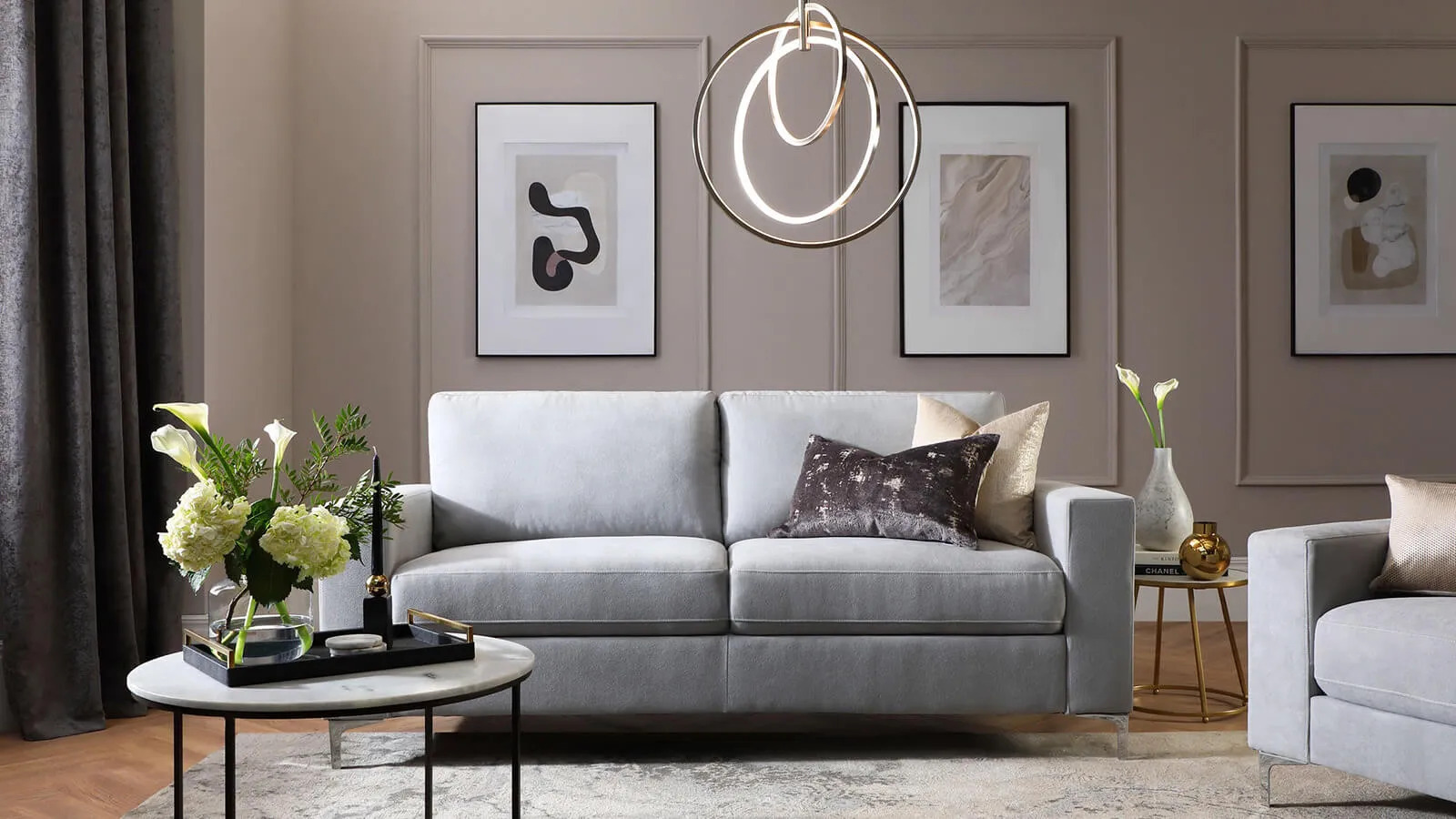

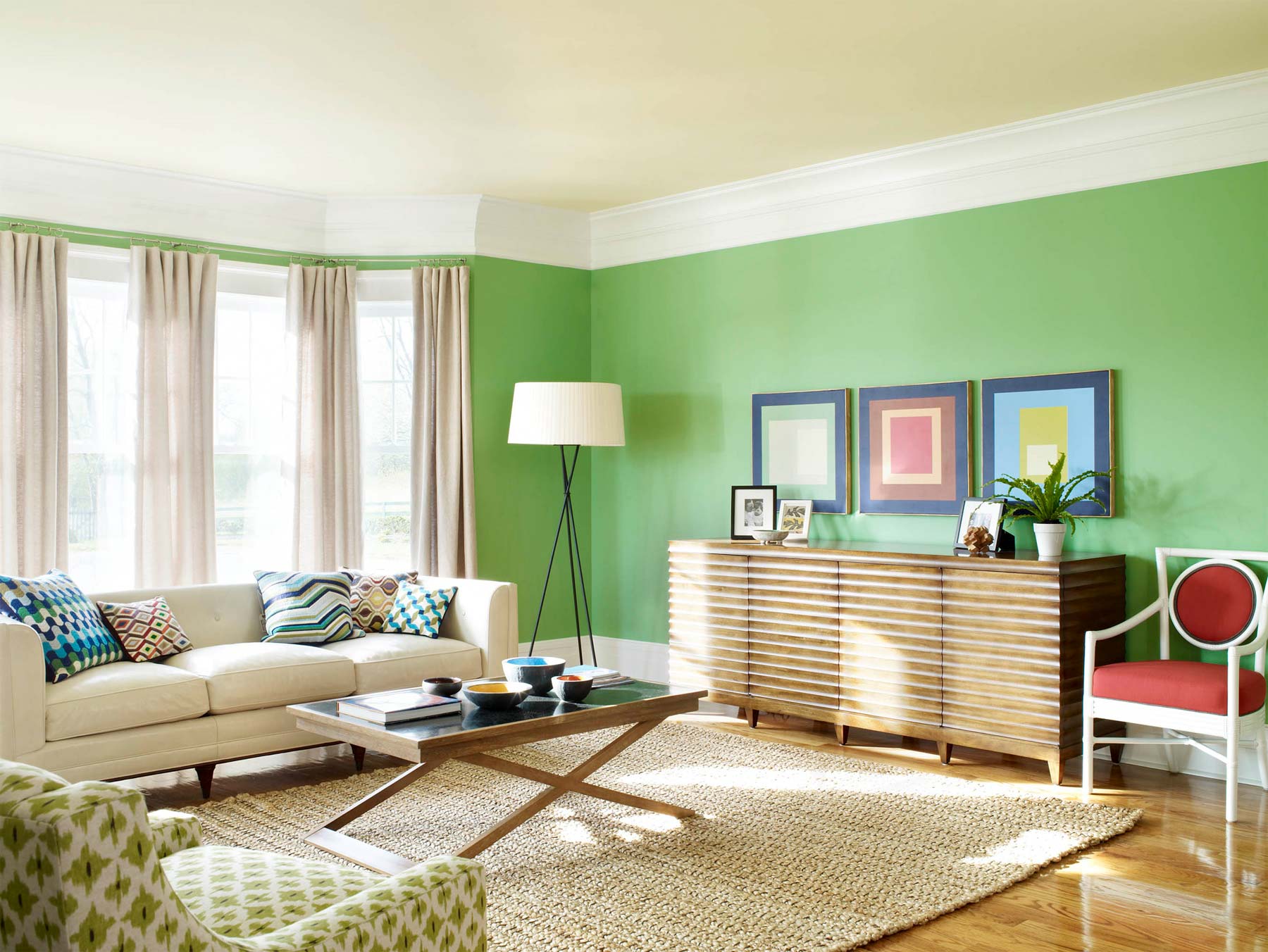
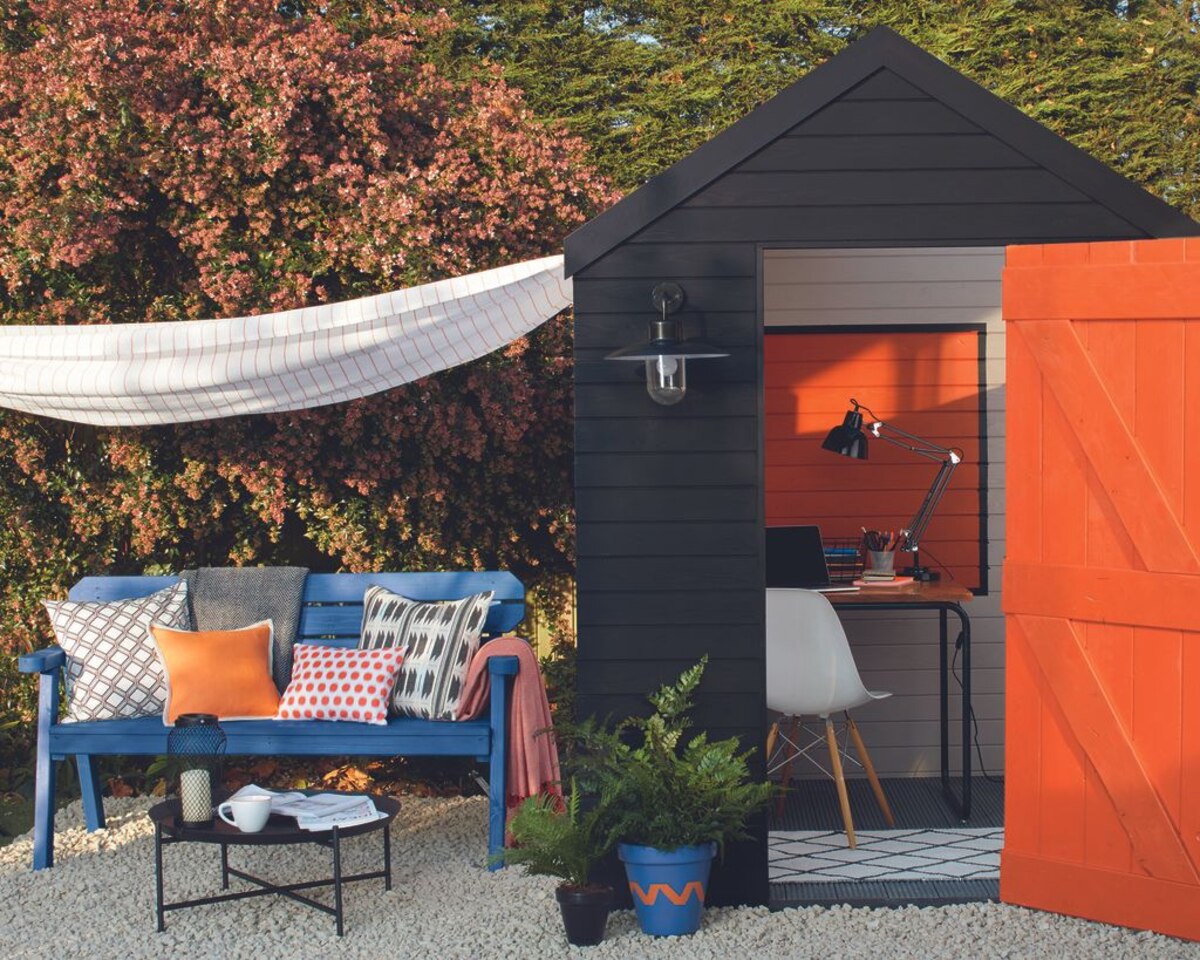

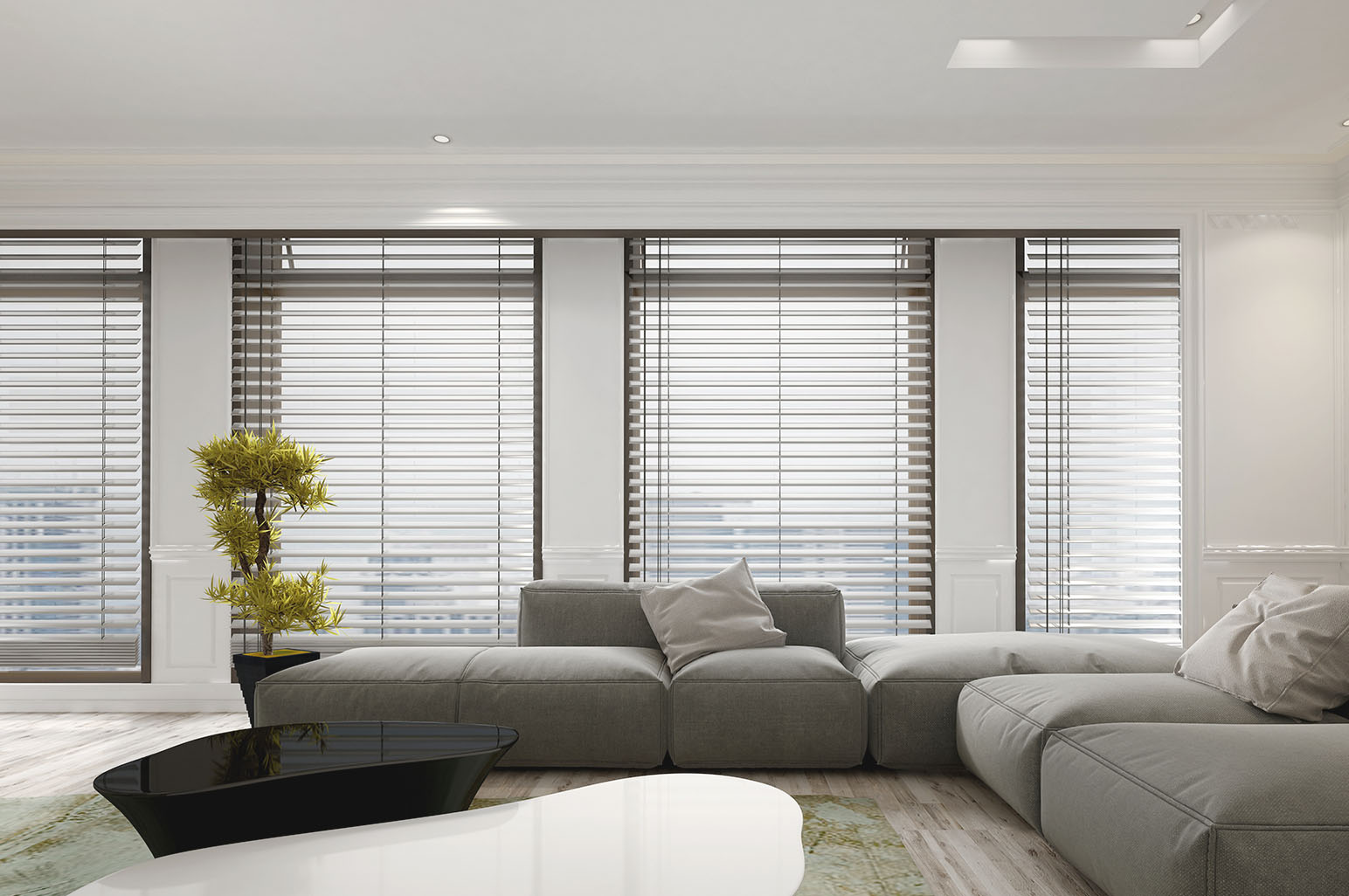
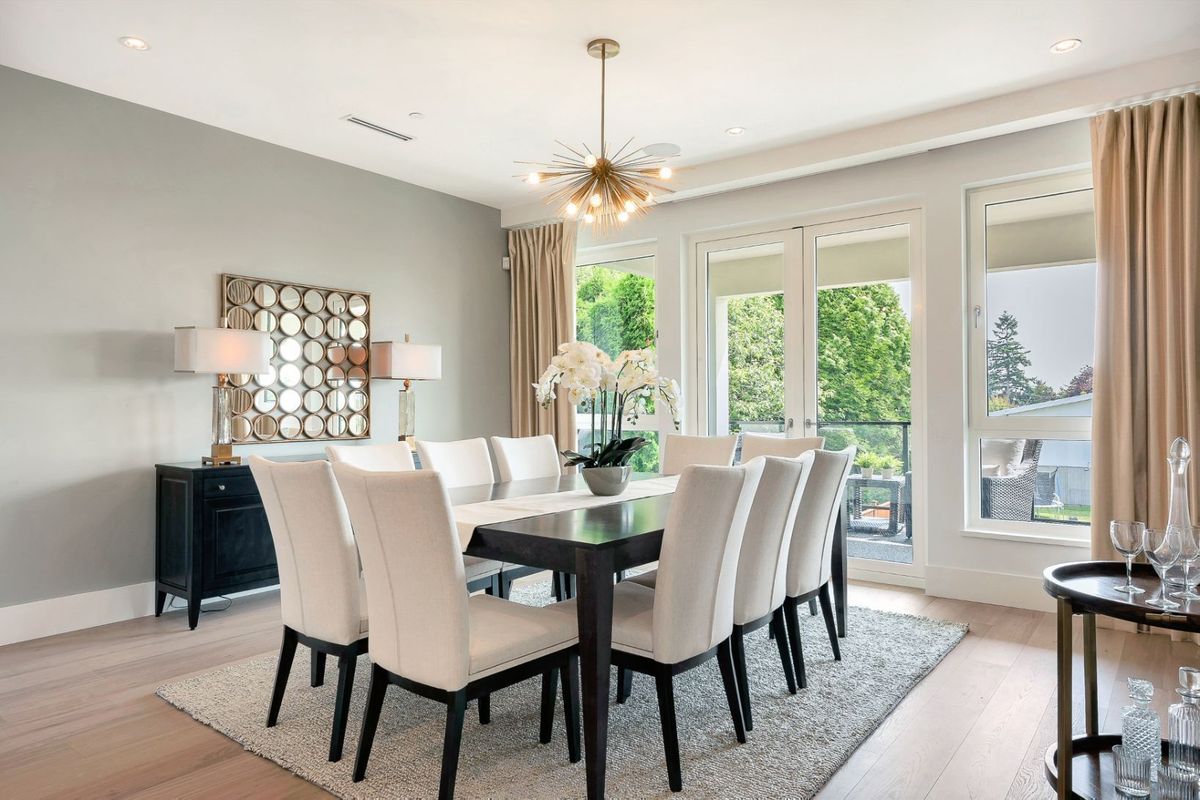



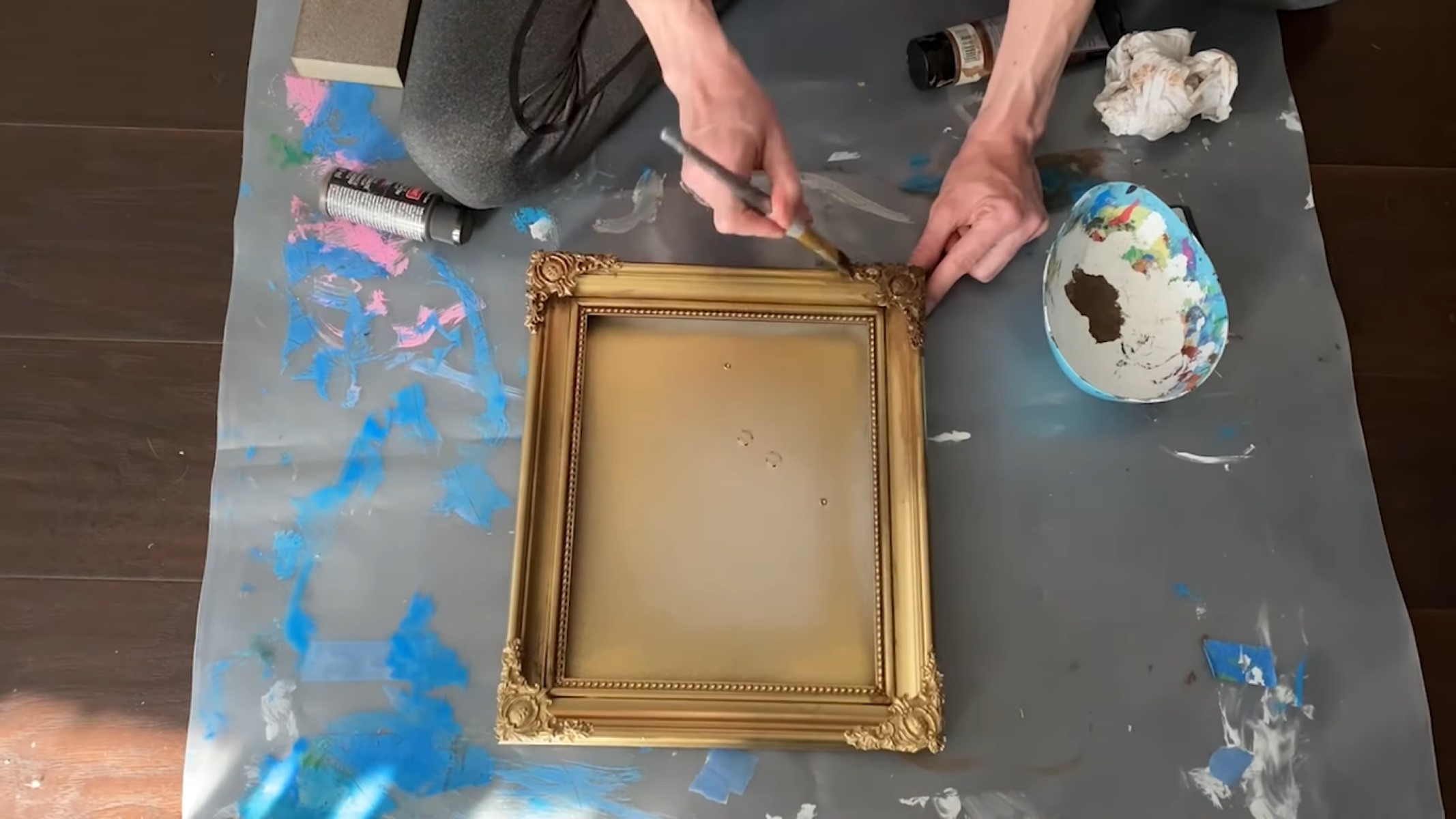

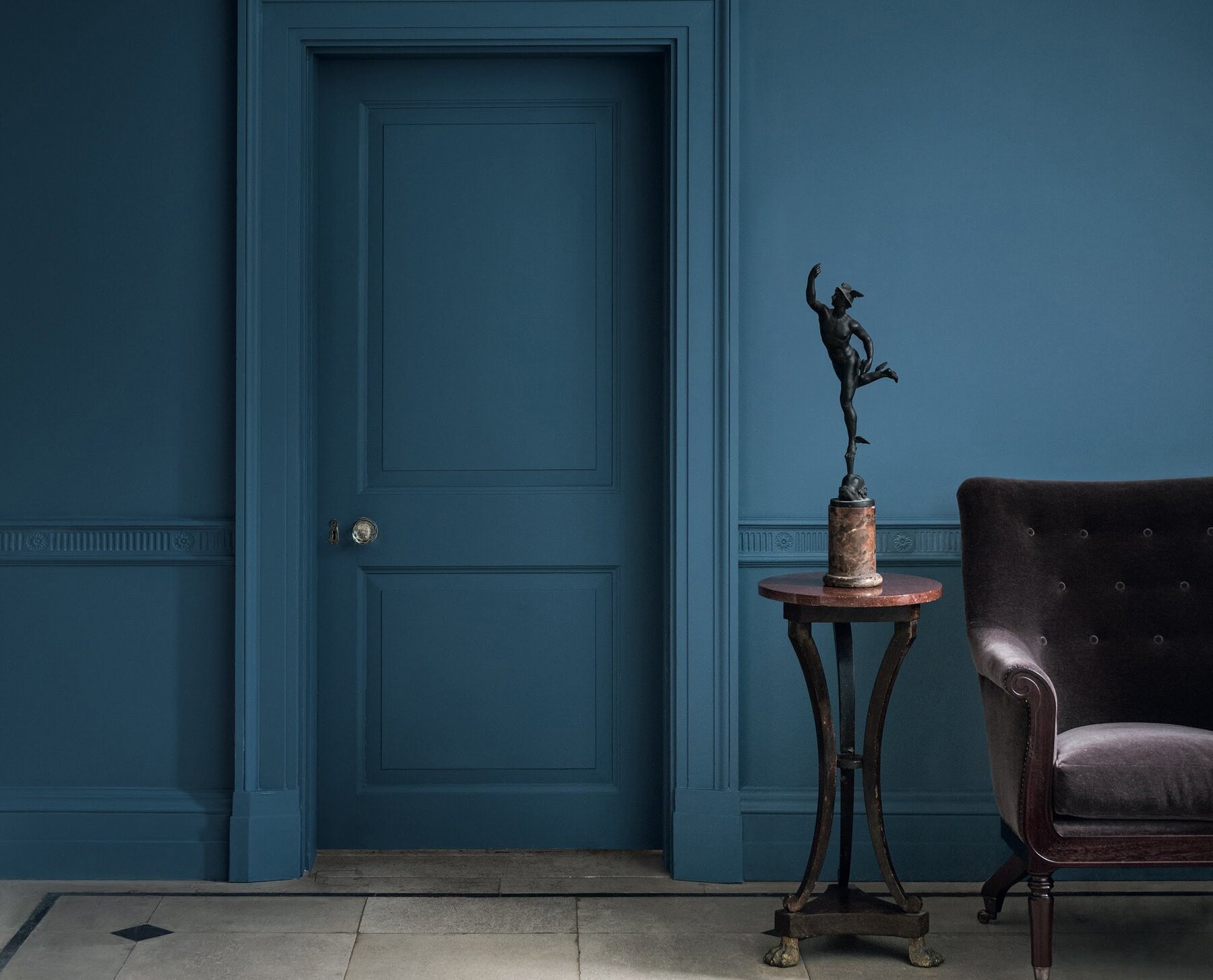

0 thoughts on “What Color Should I Paint My Dresser”